
(Note: This is a news article about the new PocketQuery version for Confluence 3. If you’re searching for the documentation, you can find it here).
Version 3 of PocketQuery for Confluence will soon be ready to go! With its release on January 31st we would like to introduce a feature that significantly expands the range of applications:
From now on it will be possible to query not only databases, but also REST APIs. You will now have lots of new datasources close at hand! In addition, we added some new features that will polish up your result set and smoothen the whole workflow.
What are the main features?
REST APIs as datasources
Lots of online services offer REST APIs to gather data from. Now you can collect these data via PocketQuery and effortlessly display them in Confluence. This opens up a number of new fields of application - for example, make the life of the marketing team easier by providing a query that displays their custom Piwik report.

Use converters to polish up your result set
Sometimes the result you get might not have the structure you wish for, especially when dealing with REST calls. By setting up a converter you can transform the structure of the response using Javascript before it is passed on to the template. Modify it to your liking by rearranging and renaming the fields of your choice or applying arbitrary calculations until the data fits your needs.

Facelift for PocketQuery administration
For PocketQuery 2.1 we created a separate administration interface which now received a major facelift including a new dashboard. We focused on improving the user experience by offering a better overview of the current settings and streamlining the workflows. To support all this, the visual design was also completely redone to give it more structure and simply make it more appealing to the eye. Now you can enjoy working with PocketQuery even more.

Support for Data Center
PocketQuery for Confluence 3 is now compatible with Confluence Data Center.
Which minor improvements were made?
- When you use the default template and double click on a cell, a pop-up dialog opens. This feature can now be enabled or disabled via a simple setting.
- When using the dynamic parameter option, it is now possible to use the “%” sign within the parameter value (URL encoded as “%25”).
- Various smaller issues, e.g. improved error reporting and minor bugfixes.
What changes came with version 3.1?
In april 2017 we released version 3.1 of PocketQuery for Confluence. The most important improvements were:
- Possibility to draw Google charts within a given HTML container
- Support for Google material charts
- Usability improvements for adding and editing entities in the administration, e.g. new form layout, clearer highlightning of active objects, scrolling entity lists and improved sorting
- Support for REST APIs using OAuth 2 for authorization
- Deprecation of the old way to call PocketQuery.chart(), now only PocketQuery.chart(chartType, options) is supported
Why are we offering PocketQuery for Confluence 3 as a paid add-on?
PocketQuery is getting increasingly popular and we could not be happier with this trend! With the growing user base, the efforts for the support are steadily increasing as well. Looking at the time we spent on that, along with all the features we already implemented and the great plans we have in mind for future versions, we decided to transform PocketQuery into a paid add-on. This way we can continue to offer you high-quality support, include more features and improve PocketQuery even faster.
Retrospective: What is there to rediscover?
Did you know that since version 1.12 (released April 2014) PocketQuery has had a very handy indexing feature? With a simple click you can decide for each query whether its results shall be added to the Confluence search index. They can then be found using the search bar on the top right, which makes the content discovery much easier and integrates the PocketQuery results seamlessly. For more information have a look at the PocketQuery Documentation.

Where to go?
- Download PocketQuery and leave a review at the Atlassian Marketplace.
- Read the PocketQuery documentation and learn more about the new features.
- Read the PocketQuery Quick Start Guides and Tutorials and have a look at some examples.
- Ask a question at the Atlassian Community using the tag pocketquery
- Contact us at support@livelyapps.com


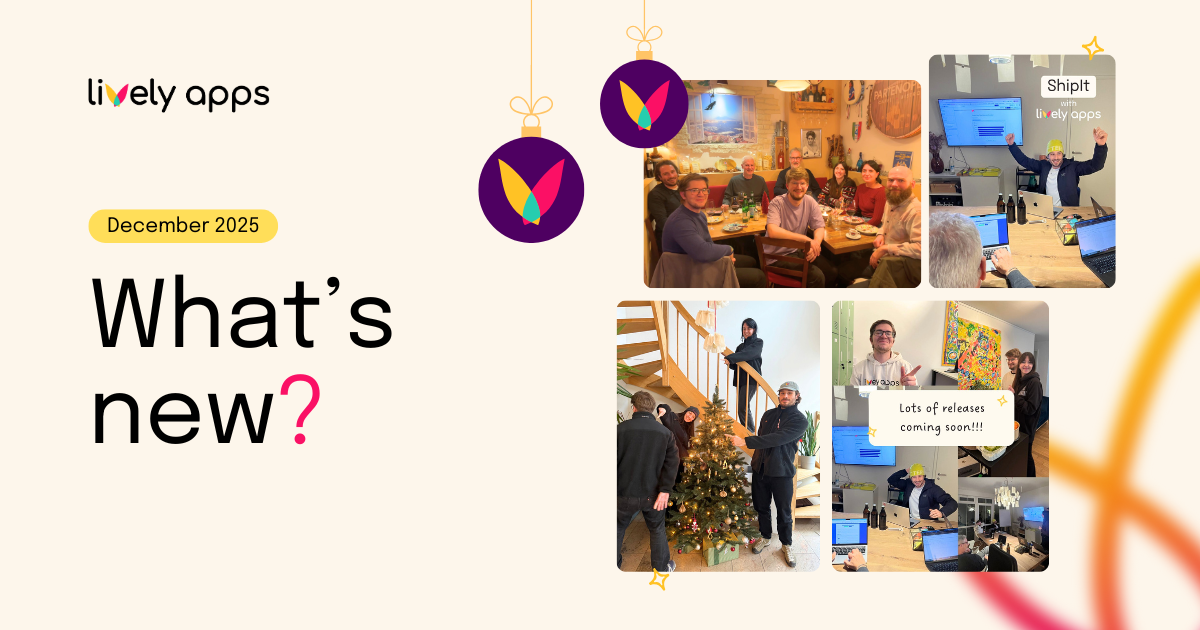
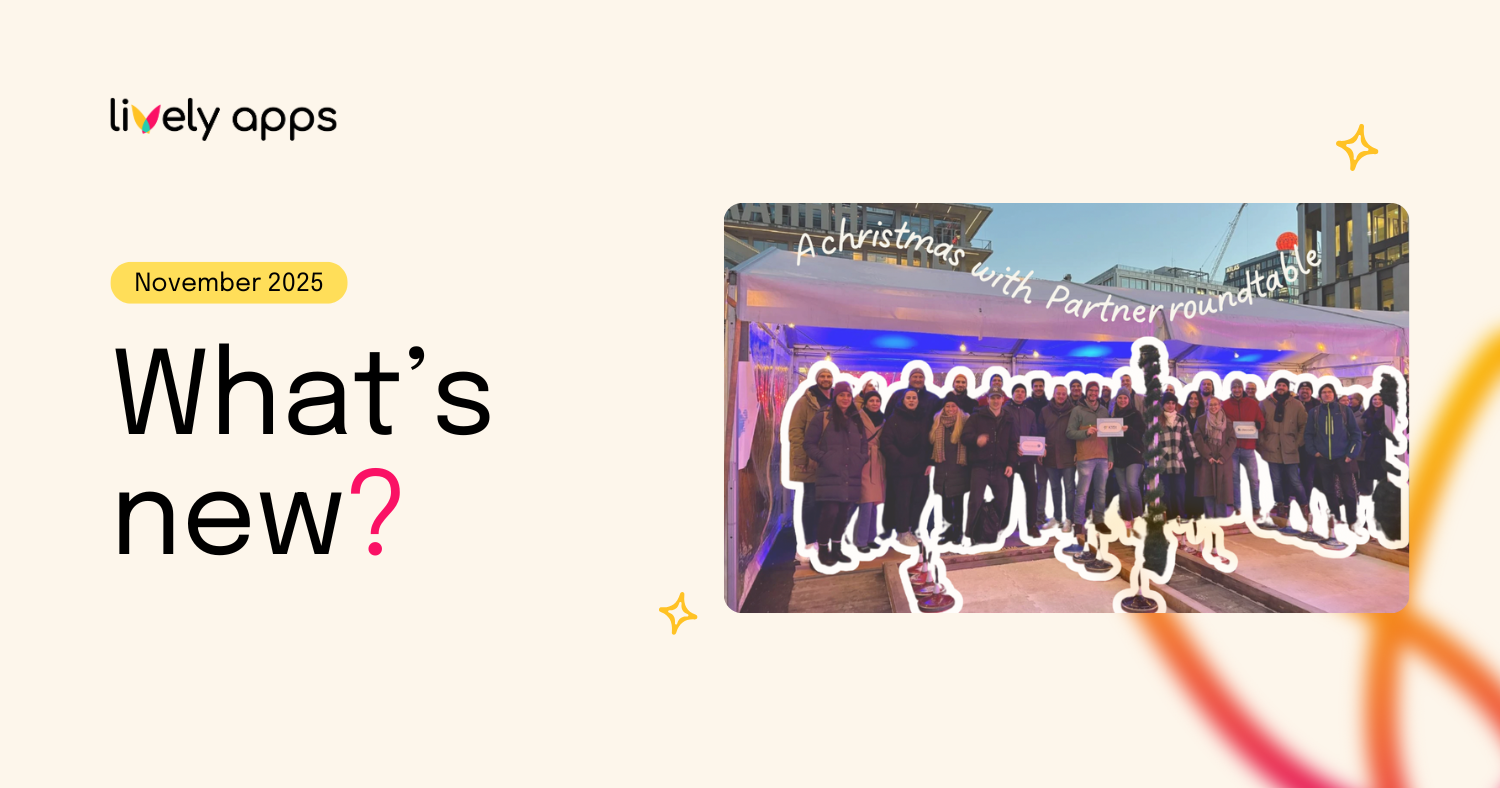
.png)
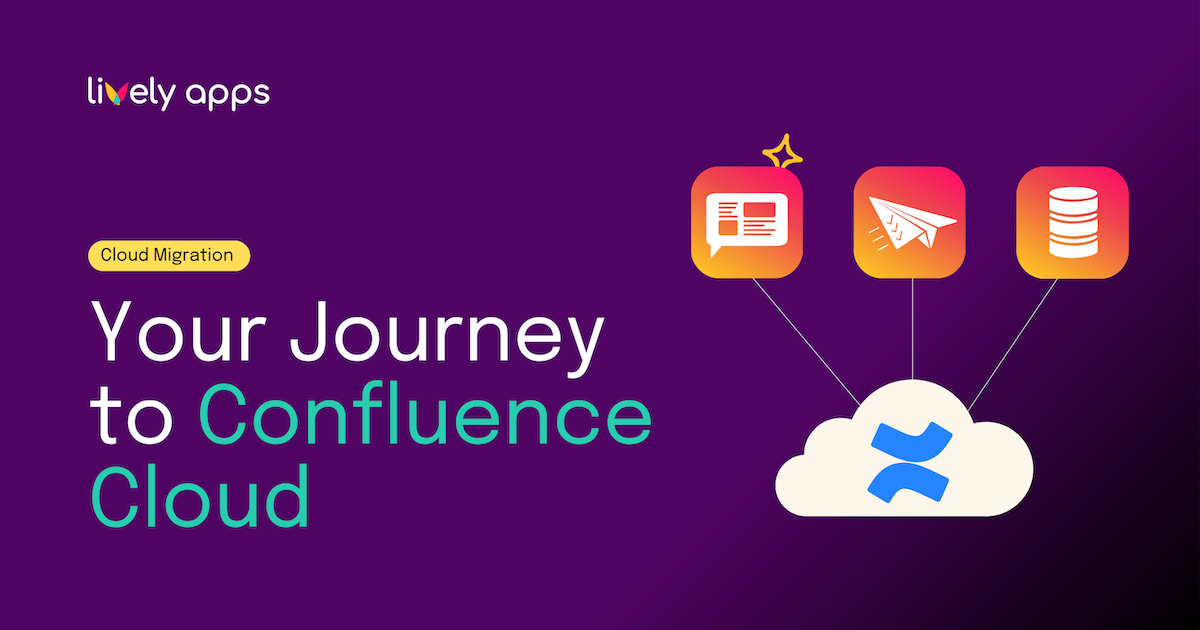
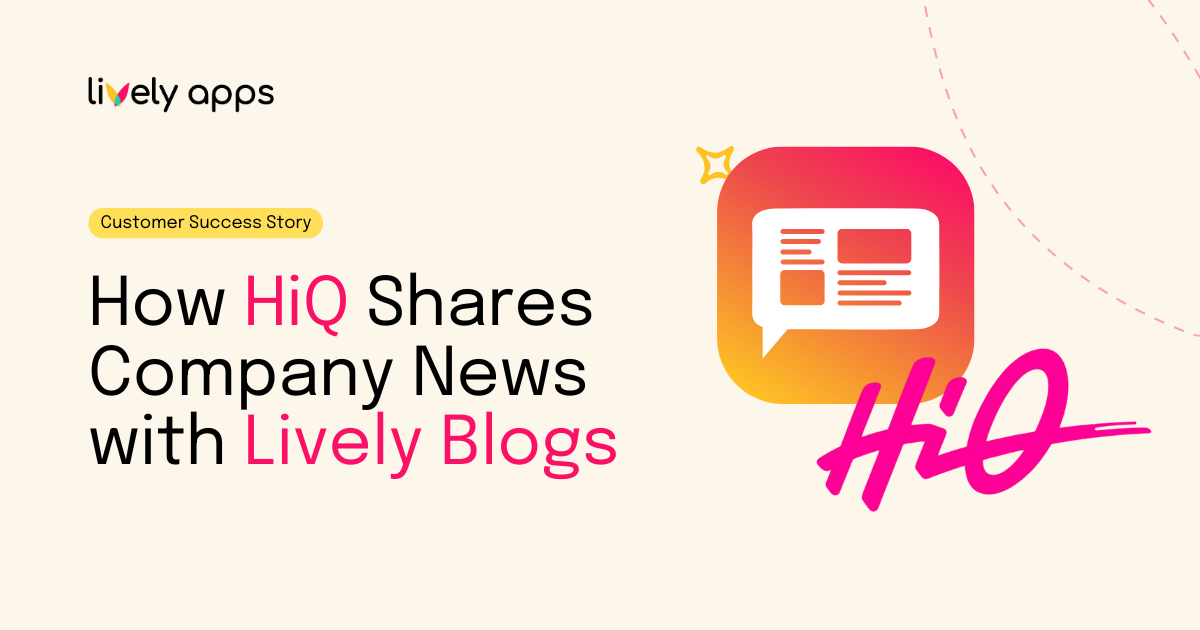

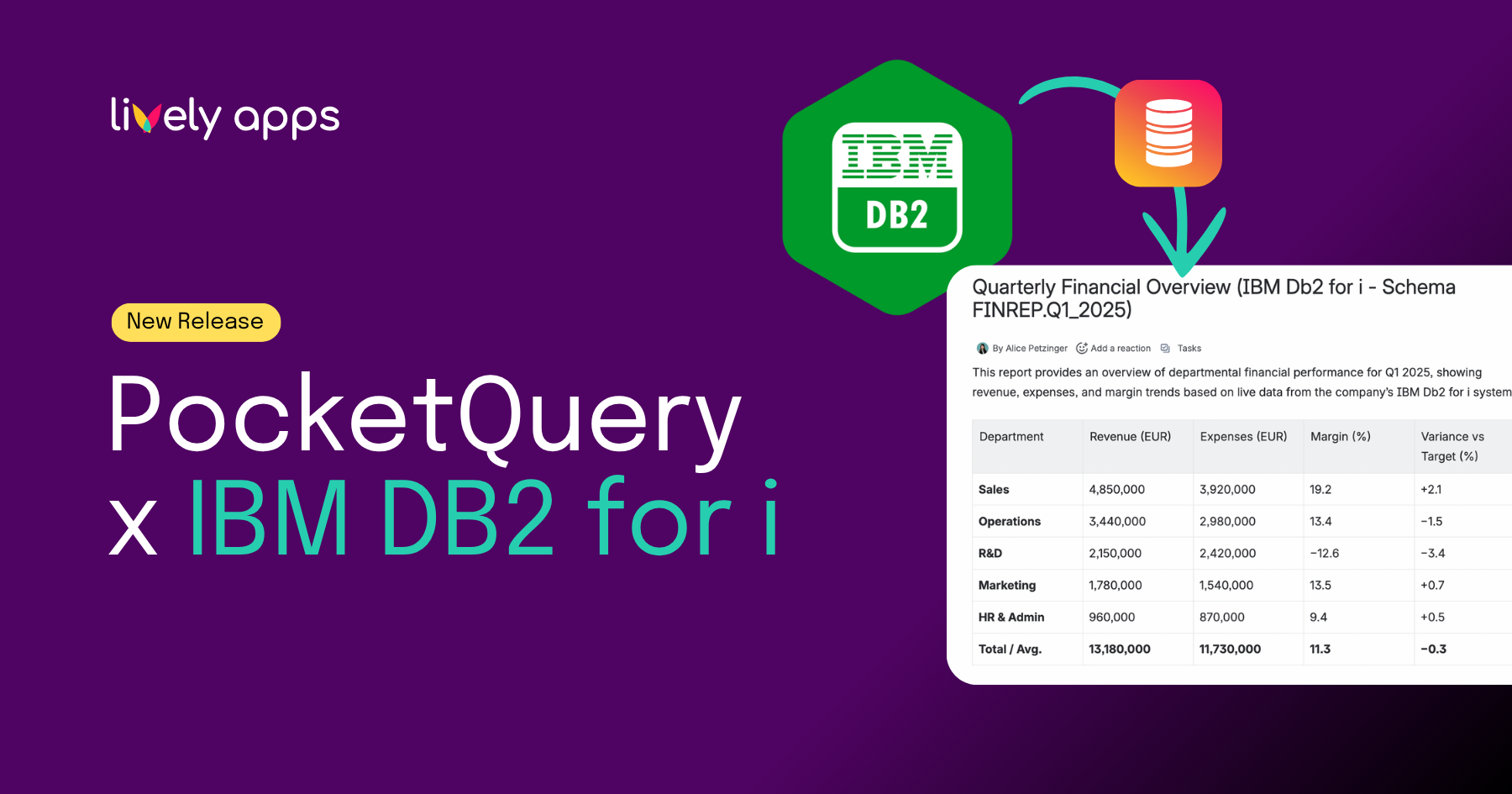
.png)
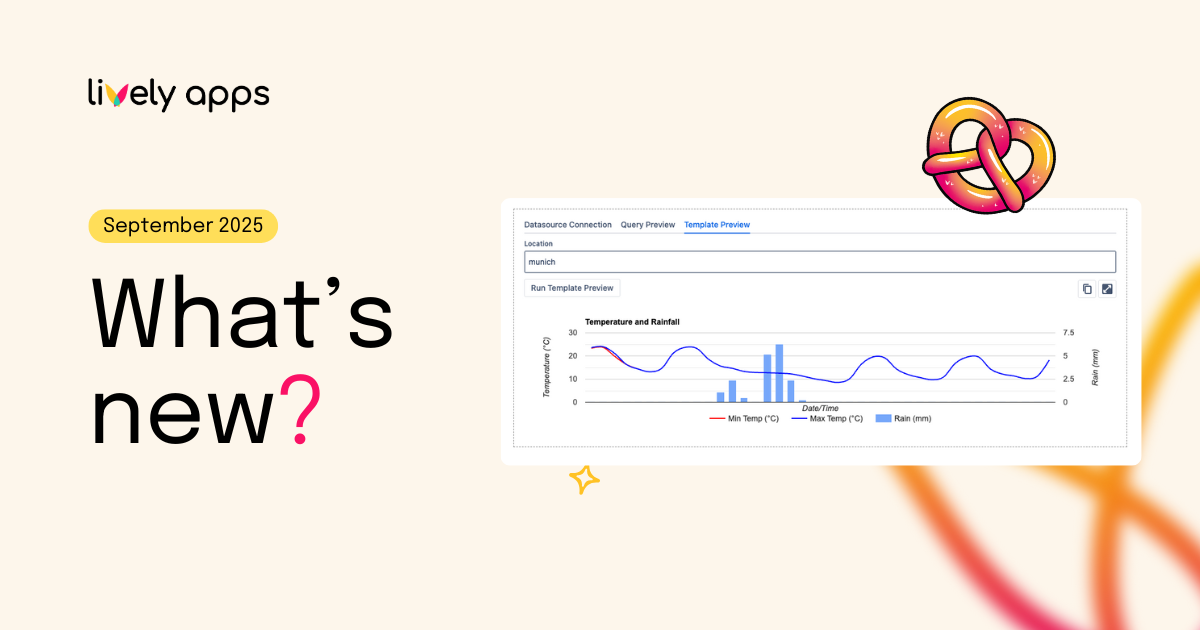
.png)